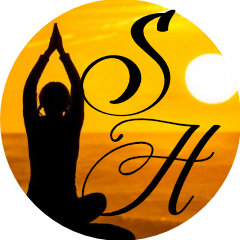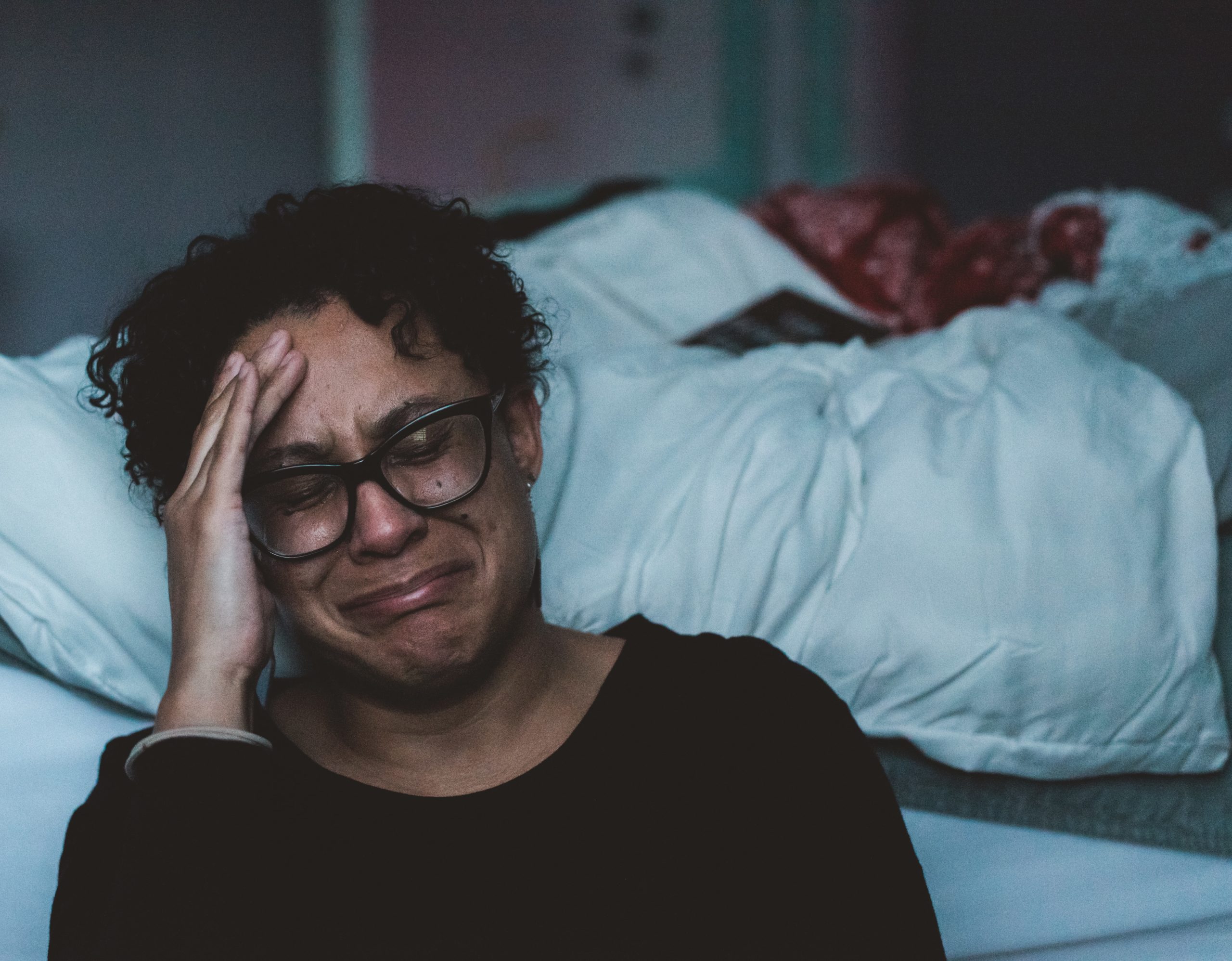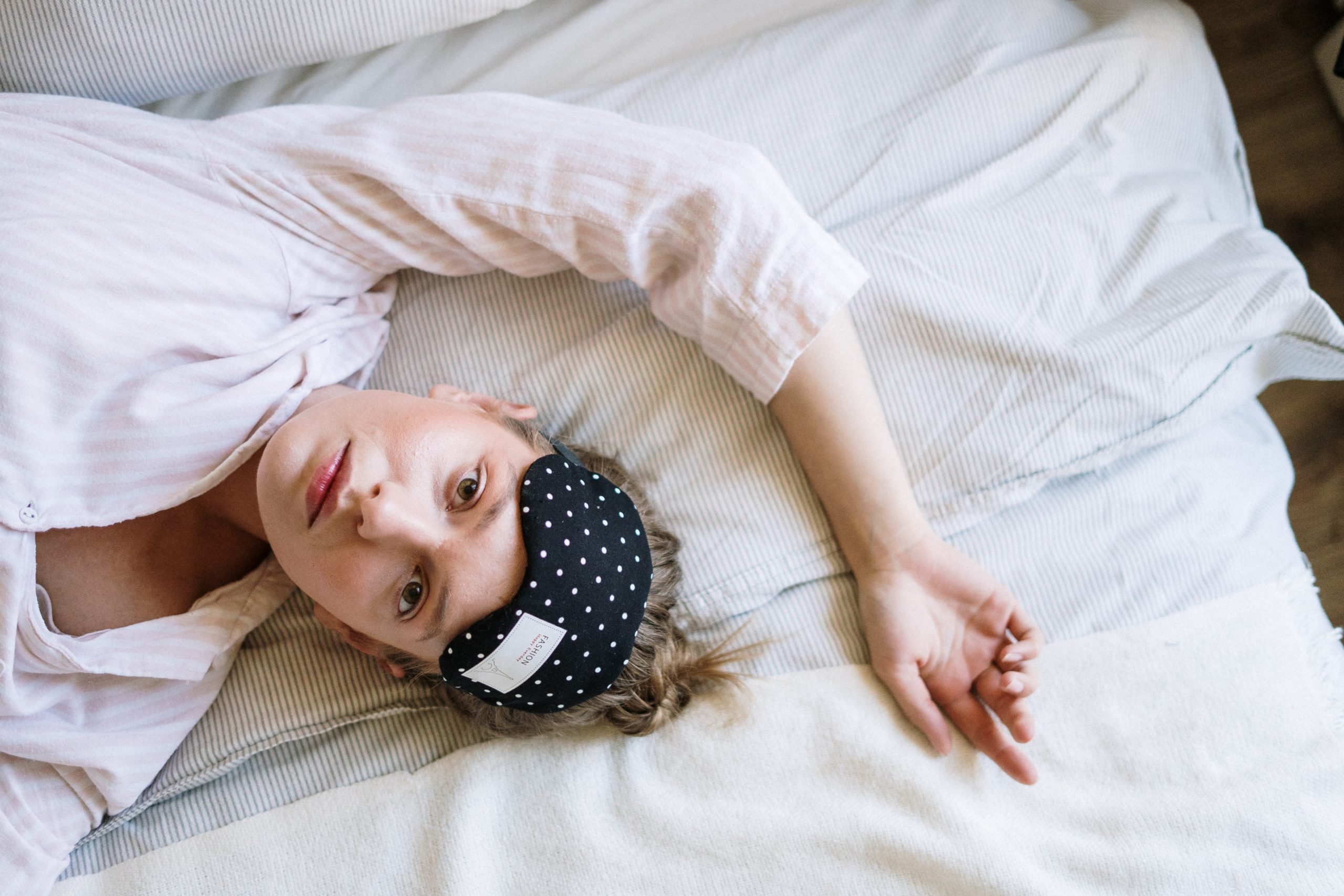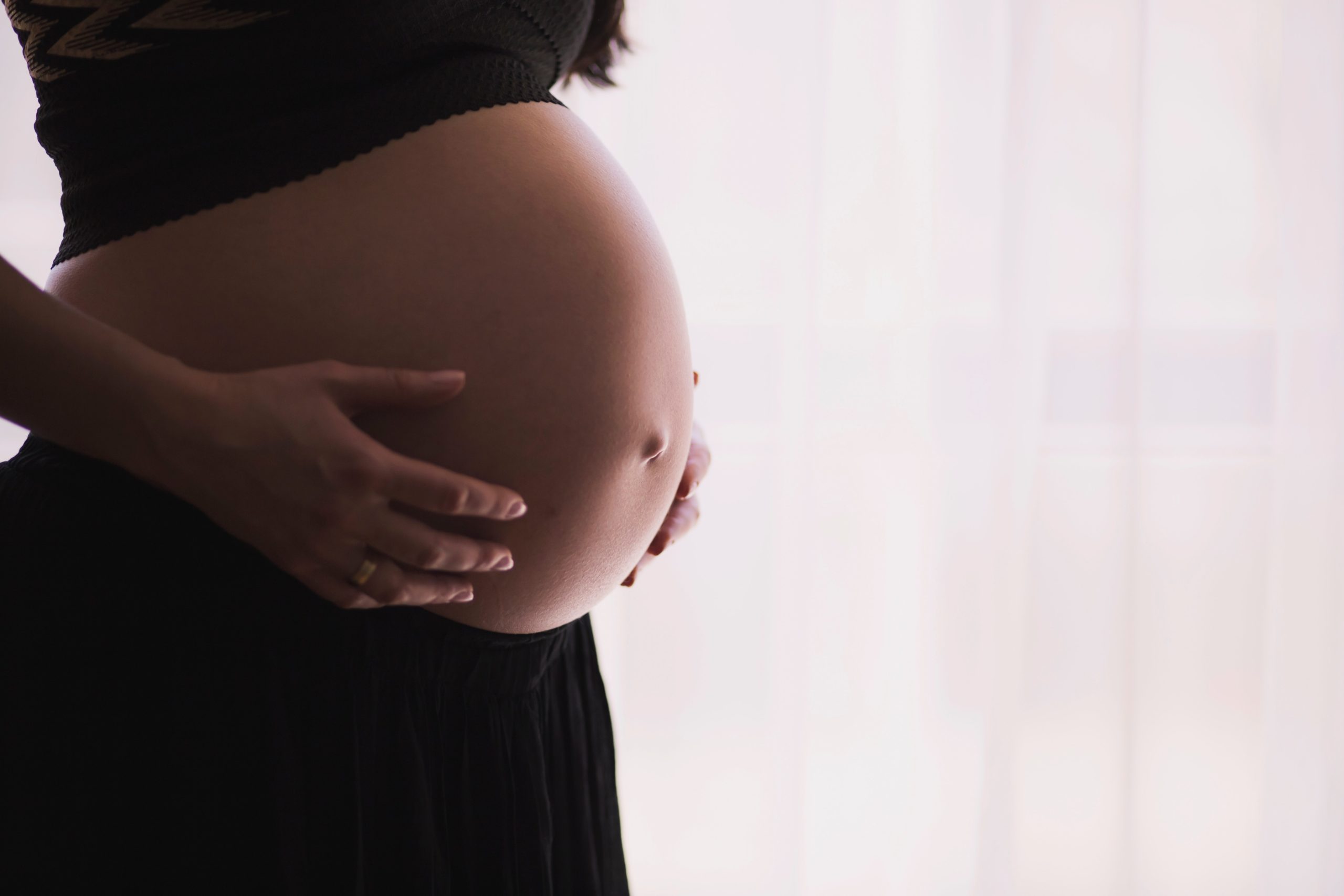Asthma – Avoiding Common Pitfalls Of Treatment
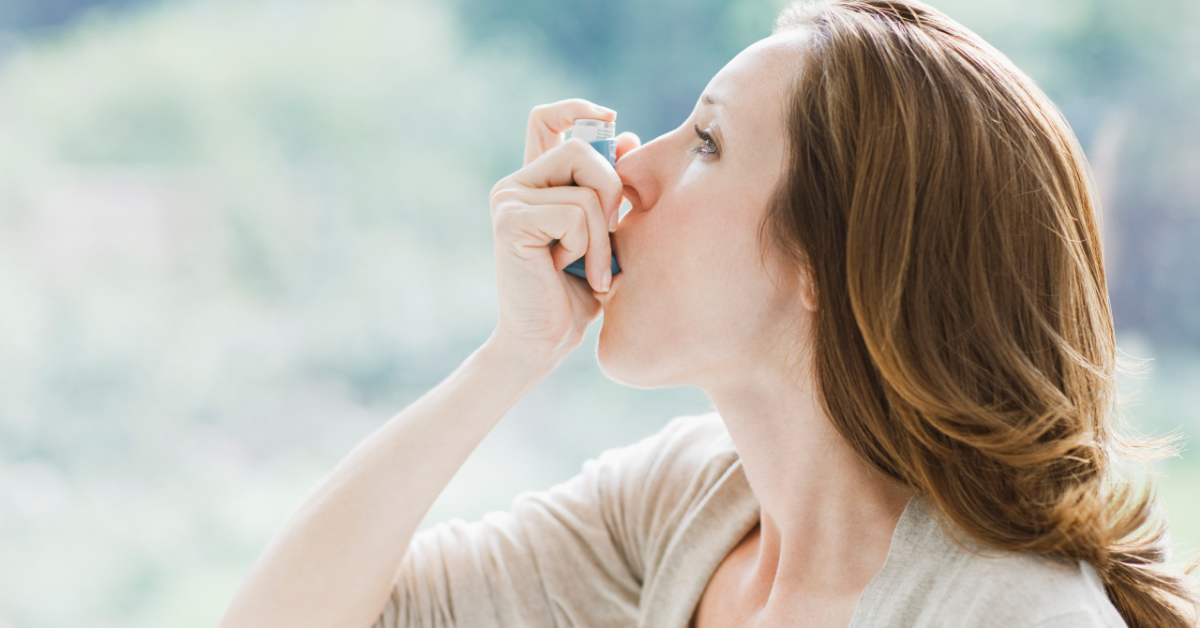
When it comes to taking asthma medication, it’s easy to make mistakes. Not all health care professionals are as specific as they need to be when teaching people with asthma how to take their drugs. It isn’t easy to keep track of when to take what drugs, juggle the use of controllers and relievers, learn how to take them, and avoid side effects.
Fortunately, correcting these errors is easy, and a few simple fixes may improve your asthma. Here are some common pitfalls and suggestions for avoiding them.
Make sure you know your controller from your reliever.
If you get them confused, use a permanent marker to label your inhalers. Using a controller when you are having an asthma attack won’t give you immediate relief, and using a reliever instead of a controller as your daily treatment won’t calm the inflammation that is the ultimate cause of asthma. Refer to your personal asthma management plan when you are unsure which inhaler to use. If you have specific triggers, such as pets, exercise, or cold air, one of your drugs (usually an albuterol inhaler) may be designated for preventive use, meaning you should use it before you think you may be exposed to a trigger.
Don’t stop using your controller just because your breathing feels fine.
It may be the effects of your controller that are keeping your airways inflammation-free and open. If you stop using your controller, you may take the lid off inflammation and see your breathing problems return. A controller does not cure your asthma, so inflammation is likely to come back unless you have changed your environment and removed your triggers. Recurrent symptoms often take several days or weeks to control, and they may require higher doses of controller medicine than you were originally prescribed. If you’ve been symptom-free for a while, talk with a health care professional about the possibility of lowering your controller dose or easing off your controller entirely. Never make any changes on your own. You will need to learn how to taper off slowly and how to measure your progress.
Check your inhaler skills.
If you’ve never had a health care professional watch you use your inhaler, make it a point to bring your inhaler for a “show and tell” at your next visit. Don’t be embarrassed. It’s easy to get confused and use drugs the wrong way. One mistake is to exhale into the mist streaming from an inhaler: To get the medicine into the lungs, you need to inhale while the mist is sprayed. If you do not inhale a breath as you spray the inhaler, the medicine can squirt onto the back of the throat instead of entering your lungs. If you have difficulty timing your breaths, a spacer attached to the inhaler’s mouthpiece can help make timing less important.
A great way to reduce Asthma and allergy symptoms is starting acupuncture therapy, this alternative medicine is proven to help alleviate symptoms, visit AB Acupuncture to know more about it.…
